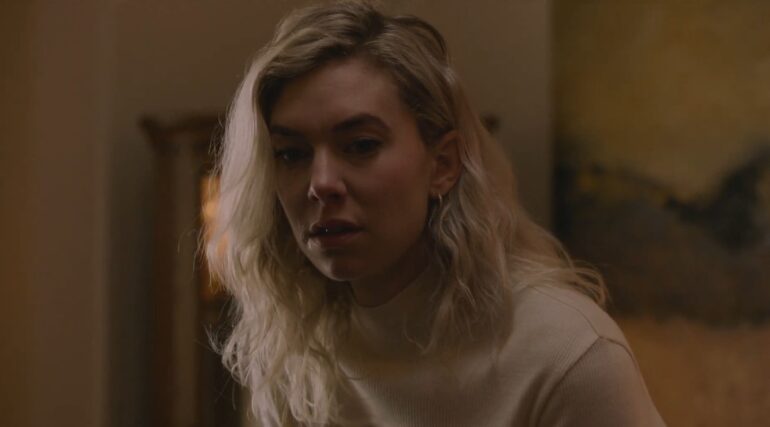Vanessa Kirby has evolved into one of the most versatile actresses of her generation, moving gracefully between stage, independent cinema, and high-budget action.
Her path reflects an artist unafraid of transformation, delving into every role with unfiltered intensity.
Early recognition arrived through her acclaimed theater work, yet her screen performances elevated her to global prominence.
Her portrayals of Princess Margaret in The Crown, Martha in Pieces of a Woman, and Sue Storm in The Fantastic Four reveal a performer guided by emotional truth and artistic curiosity.
Fans looking to engage with the Marvel universe beyond the screen might explore competitive gaming experiences like the Marvel Rivals rank boost, which allows players to accelerate their in-game ranking through expert assistance.
Kirby’s career has become an embodiment of courage, depth, and creative evolution within contemporary cinema.
Let us talk about her career in greater detail.
The Royal Rebel: Princess Margaret in The Crown
Vanessa Kirby’s portrayal of Princess Margaret in Netflix’s The Crown became a turning point that demonstrated her mastery of psychological realism and emotional precision.
It marked a bold step into global recognition, where she transformed a well-known historical figure into a deeply relatable human being.
Her commitment to research and immersion gave her portrayal layers rarely seen in depictions of royalty.
Transformation into Royalty
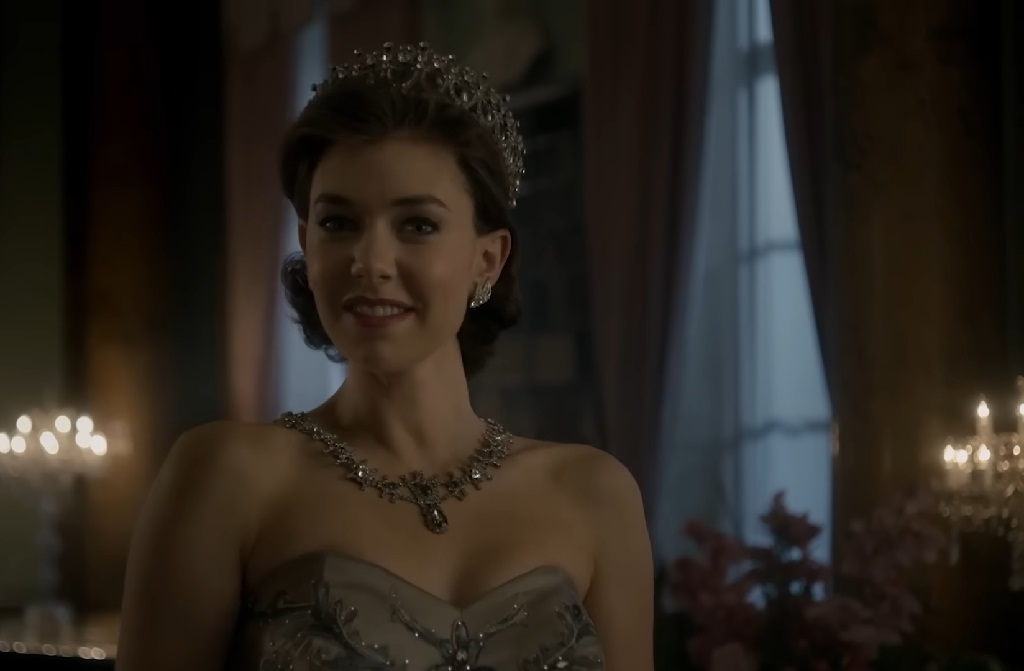
To fully inhabit Princess Margaret, Kirby committed to a process of meticulous preparation.
She studied rare archival videos, examined Margaret’s letters, and analyzed her speech patterns to replicate every nuance of her personality.
The approach went far beyond imitation; it was a methodical effort to capture Margaret’s loneliness, confidence, and yearning for affection.
Her portrayal revealed the contradictions that defined the princess – playful yet melancholic, regal yet restless.
Kirby’s gestures and timing spoke volumes about an individual trapped between personal desire and royal obligation.
Critics lauded her ability to create emotional depth without theatrical exaggeration, allowing vulnerability to emerge through stillness and subtlety.
Highlights of her transformation included:
- Intensive dialect training to mirror Margaret’s distinctive voice and cadence.
- Study of posture and etiquette to replicate royal grace while exposing private fragility.
- Consultation with historians and archival researchers to contextualize Margaret’s life.
Collaboration with the costume and makeup departments to evoke the 1950s glamour that surrounded her public image.
Such dedication paid off, earning Kirby a BAFTA Award and an Emmy nomination.
Her embodiment of Margaret transcended imitation, turning a public figure often portrayed as tragic into someone relatable and hauntingly alive.
Redefining a Historical Figure
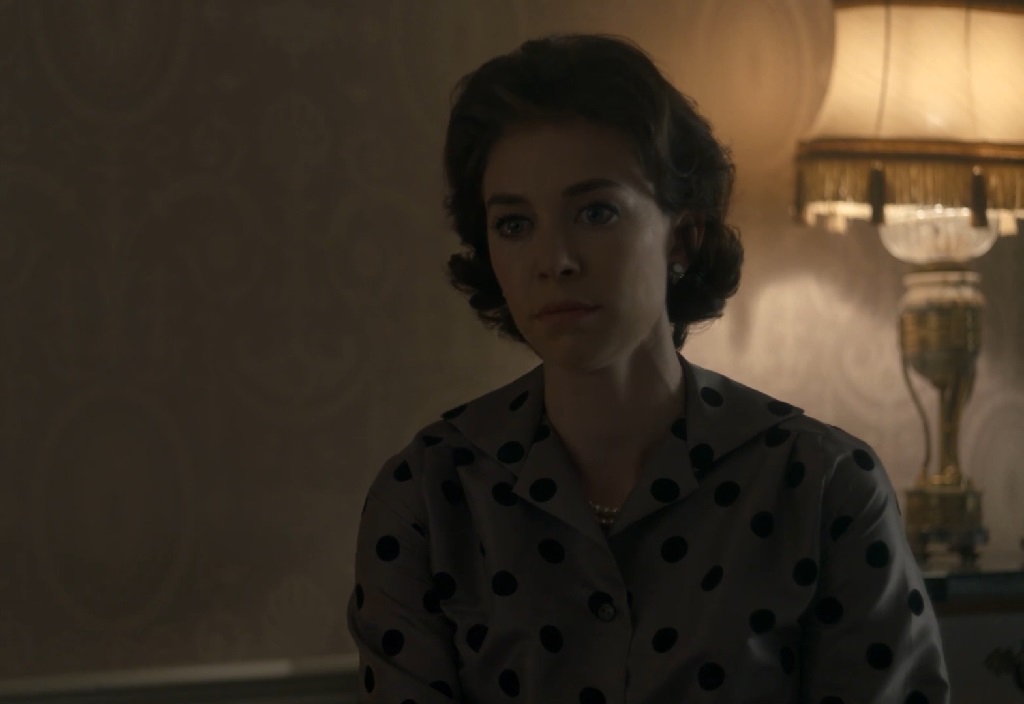
Portraying a royal family member came with expectations and scrutiny.
Kirby approached the challenge with empathy, focusing on Margaret’s struggle for self-expression within a rigid institution.
Rather than presenting her as a symbol of excess or scandal, Kirby conveyed her as a woman seeking meaning amid confinement.
Each scene revealed emotional complexity: the longing behind her eyes, the carefully controlled gestures, and the cracks that appeared when decorum slipped.
Her chemistry with Claire Foy, who played Queen Elizabeth II, enhanced the portrayal, showing the tension between sisterly love and duty.
The connection between the two characters became one of the show’s most compelling emotional threads.
Critical elements in redefining Princess Margaret included:
- Presentation of vulnerability within power, turning elegance into a form of defense.
- Contrast between public persona and private despair, expressed through silence and stillness.
- Depiction of rebellion not as arrogance but as a quiet cry for individuality.
- Use of costume and physicality to show how confinement shaped her body language and mood.
Her work reimagined Margaret not as a secondary royal but as a tragic heroine, flawed, fierce, and unforgettable.
Viewers around the world saw in her performance the fragility of privilege and the universality of longing.
Kirby’s achievement redefined what historical acting could achieve, blending emotional truth with artistic intelligence.
A Mother’s Silent Grief: Martha in Pieces of a Woman
Vanessa Kirby’s next milestone came with Pieces of a Woman, a performance that marked her evolution into a leading dramatic force.
Taking on the role of Martha required more than acting; it demanded an emotional surrender.
Her preparation was both physical and psychological, as she sought to represent grief in a way that felt truthful and compassionate.
The Role That Redefined Her Career
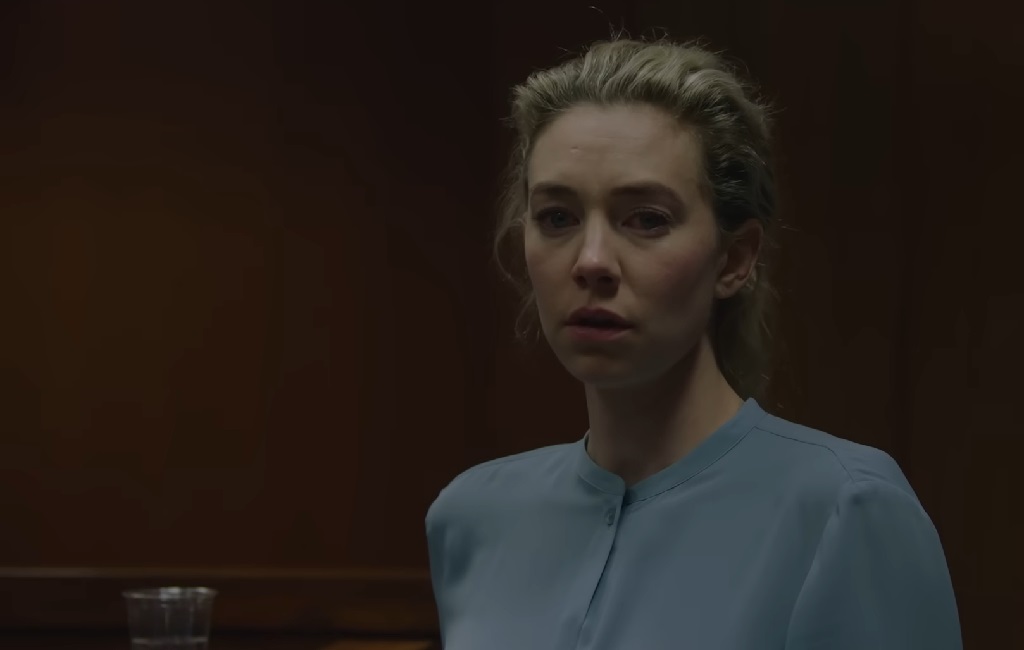
Pieces of a Woman presented Kirby with the challenge of portraying a mother’s emotional collapse after an unimaginable loss.
The script, drawn from the real-life experiences of writer Kata Wéber and director Kornél Mundruczó, offered her a profound emotional canvas.
She immersed herself in extensive research to understand grief and its many forms.
Key aspects of her preparation included:
- Observing live births to understand the raw physicality and vulnerability of childbirth.
- Speaking with women who had lost children, listening with empathy to their experiences.
- Engaging in psychological study to portray trauma with restraint rather than melodrama.
Working closely with Mundruczó and Wéber to align her performance with their personal vision of loss and healing.
The role demanded absolute honesty. The result was a portrayal that moved audiences across cultures and languages.
Emotional Gravitas and Recognition
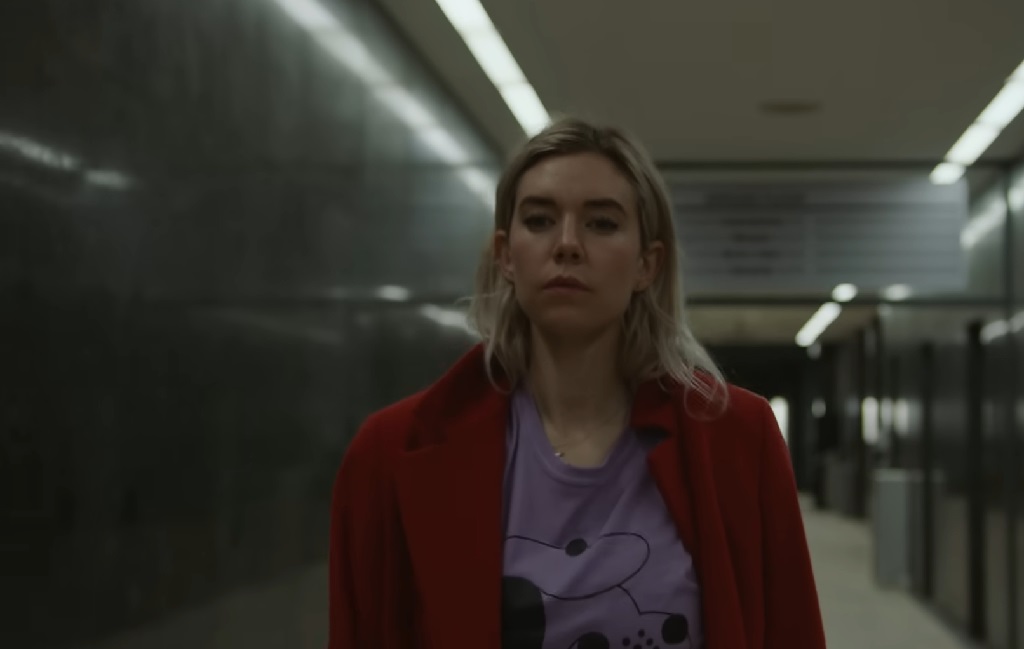
Central to the film’s impact was its now-famous 24-minute birth sequence, captured in a single continuous take.
The scene’s realism and intensity left audiences breathless, while Kirby’s commitment elevated it into cinematic history.
She embodied the moment with unfiltered emotion, her body and face carrying the entire weight of the story.
Critics hailed her work as one of the most fearless performances in modern cinema. The acclaim culminated in several major honors:
- Volpi Cup for Best Actress at the Venice Film Festival.
- Academy Award nomination for Best Actress.
- Golden Globe nomination and widespread critical praise.
Such recognition reflected not only her skill but also her courage in exposing emotional vulnerability. Her portrayal set a new standard for realism in depicting female pain and resilience on screen.
Thematic Depth
Martha’s journey in Pieces of a Woman transcended personal grief to become a study of emotional endurance.
Through restrained expression and deliberate pacing, Kirby captured the suffocating silence that often follows tragedy.
Her interactions with Ellen Burstyn, playing her domineering mother, added intergenerational tension that mirrored real-world familial complexities.
Themes reflected through her performance included:
- Isolation and the unspoken distance that grief creates.
- Societal pressure on women to “move on” after trauma.
- The process of reclaiming identity after loss.
- The transformative power of empathy and self-forgiveness.
Burstyn later described Kirby as a “spiritual performer,” capable of transforming pain into art.
Their collaboration became one of mutual respect and mentorship, enhancing the emotional resonance of every shared scene.
Kirby’s portrayal turned sorrow into strength, presenting a character who rebuilds herself piece by piece.
Through Martha, she delivered a cinematic reflection on the endurance of the human spirit and the quiet heroism found in healing.
Summary
Vanessa Kirby’s evolution reflects a rare balance of emotional intelligence, artistic bravery, and intellectual curiosity.
Her portrayals of royalty, grief, forbidden love, and heroism have expanded the scope of what female characters can represent on screen.
Through every role, Kirby demonstrates that great acting lies not in imitation but in revelation, the exposure of humanity in all its shades.
Her many faces illuminate a new era of storytelling centered on strength, empathy, and profound artistic conviction.
- Musical Instruments Ranked From Easiest to Hardest to Learn - December 4, 2025
- Every SZA Era Explained Through Her Outfits, From TDE Beginnings to the SOS World Tour - November 13, 2025
- The Career of Mozzy and How His Music Changed the Direction of West Coast Rap - November 13, 2025



